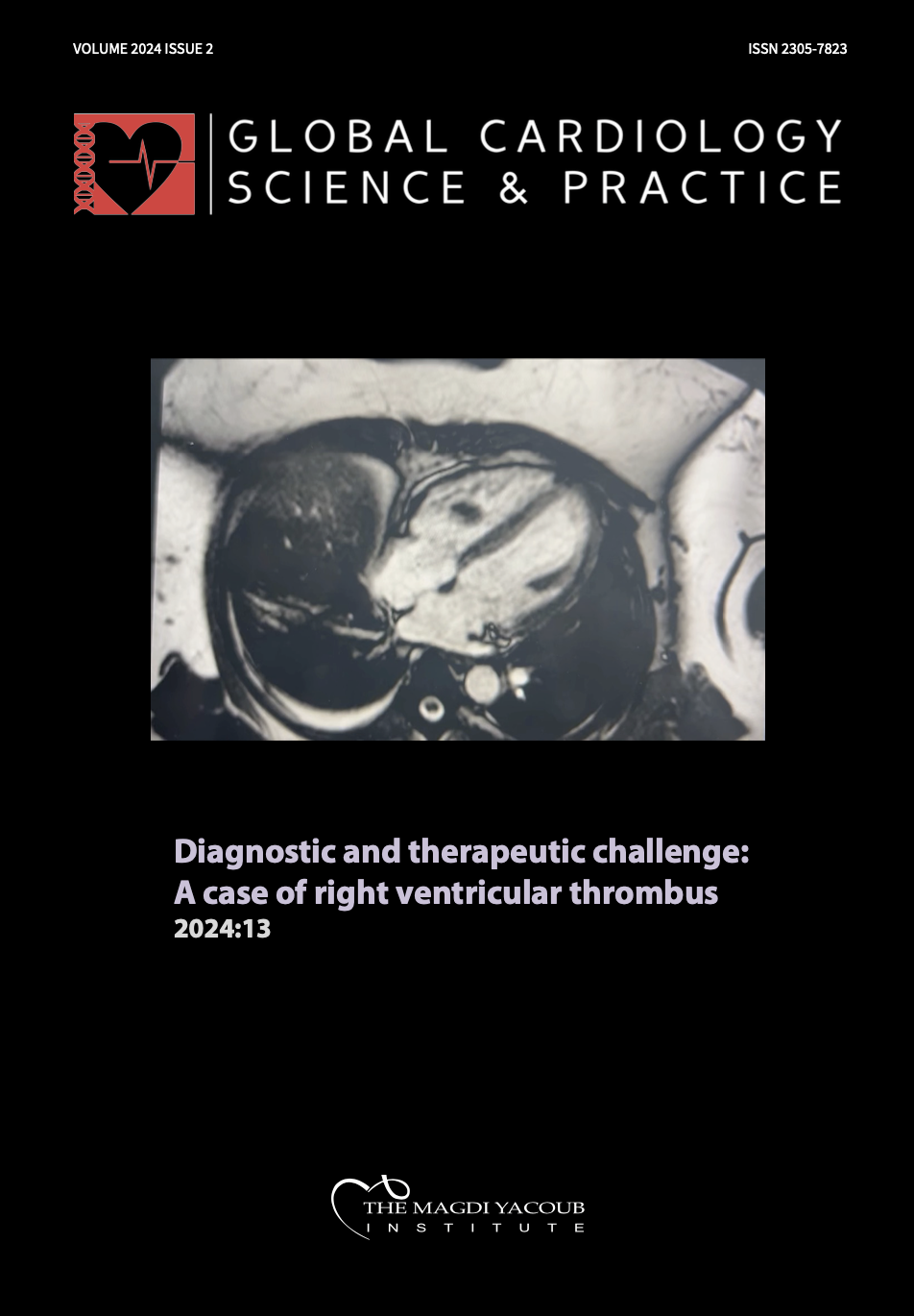Structural variations of pectinate muscles across sheep and rabbit atria
DOI:
https://doi.org/10.21542/gcsp.2024.15Abstract
Summary: The venous inflow of each atrial cortex is asymmetric and coupled to geometry and outflow to produce optimal vortices and flow patterns in each chamber. In the right atrium, fiber orientation is dependent on the crista terminals and pectinate muscles, which produce a circumferential squeezing effect to propel blood into the desired direction. The left atrial fiber orientation is a more complex fiber that suits its its geometry and function. This study demonstrates the structural differences between the right and left atria.
Background: The right and left atria play important roles in overall cardiac performance, both at rest and during exercise. Atrial dysfunction due to congenital or acquired heart diseases can result in significant disability or death. The prevalence of such conditions has been rising due to the increasing age of the population as well as the progressively larger number of patients with Grown-up congenital heart disease (GUCH).
Methods: Left and right atria were collected from rabbits and juvenile sheep, and pattern recognition and image analysis were used to illustrate the microstructure and orientation of the pectinate muscles.
Results: The aim of this study is to observe the differences in the structure of the pectinate muscles in both rabbits and sheep. Through image analysis and pattern recognition, we were able to identify the orientation of the patterns that can help produce off-the-shelf patches that are capable of mimicking and/or reproducing most of the functions of normal atrial tissue.
Conclusion: The microstructure of the pectinate muscles is unique and provides remarkable functionality to the atria.
Downloads
Published
Issue
Section
License
Copyright (c) 2024 Mahmoud A Sakr, Magdi H Yacoub

This work is licensed under a Creative Commons Attribution 4.0 International License.
This is an open access article distributed under the terms of the Creative Commons Attribution license CC BY 4.0, which permits unrestricted use, distribution and reproduction in any medium, provided the original work is properly cited.


